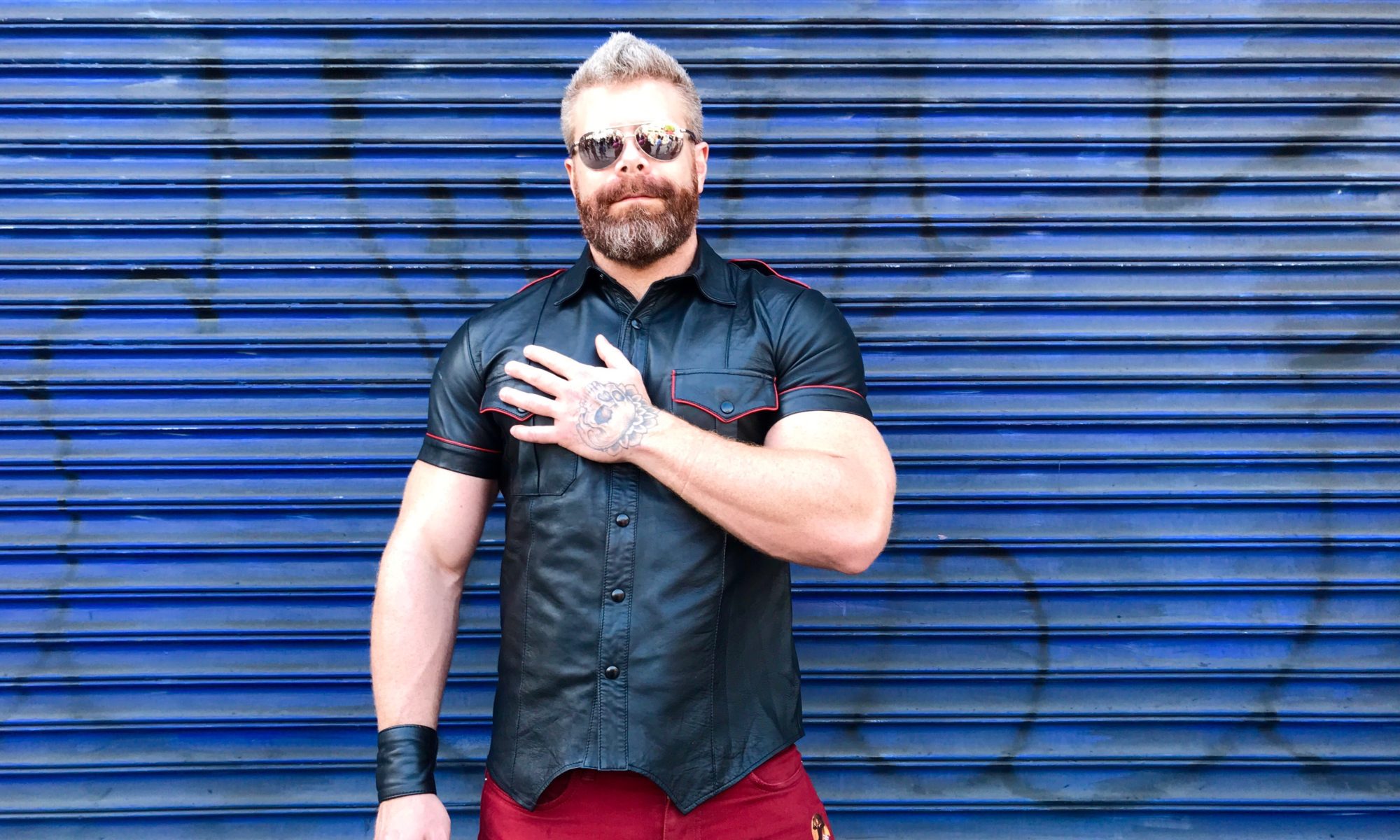We’re in a specific cultural moment where the power and privilege that men have is being questioned. The voices of women and non-binary folk are starting to be heard on a national and cultural level, and their stories are starting to be told. From the #metoo movement to Steven Universe, from the US 2018 Mid-term Elections to Star Wars having a female lead, the stories that we hear and tell as Americans is starting to highlight non-male voices. Part of that awakening, has also been to identify Toxic Masculinity, the parts of male dominated culture that on both individual and societal levels have silenced and oppressed non-men, as have constrained the role of what it is to be a man.
There is a countermovement in American culture to ‘Make America Great Again,’ a nostalgia for a time before globalization, before wage stagnation, before industrial automation, before the Civil Rights Movement. There is a nostalgia for an idealized version of the 1940s and 1950s when America was great. That nostalgia ignores that for people who were not white, cis-gender, heterosexual, and male, America was not a great place to be. This countermovement frequently targets sexual minorities and the extension of civil rights to sexual minorities. As if to say that the progression of tolerance, acceptance or equality of women and sexual minorities has lead to the current economic disempowerment of Americans.
Enter the Leathermen. Modern gay leather culture traces one of it’s roots to the experience of Veterans returning home post-WWII and biker gangs. Modern gay leather culture is one of the descendants of the very time that is being lifted up with nostalgia. One of the central tenets of gay leather culture has been a celebration of the hypermasculine; gay leather culture borrows from and produces some of the most masculine imagery of modern American culture. Gay leather culture with an emphasis on hypermasculinity and kinky sex also strives for inclusivity. Countless Leather clubs identify the health and welfare of the greater Leather community as a fundamental goal.
This project aims to highlight the experiences of Leathermen to explore masculinity. How central is masculinity to leather culture, and is a type of masculinity that fosters community and does not reproduce male supremacy? Is there a form of male identity that provides solidarity to other? These questions don’t have simple, easy, or comprehensive answers. The goal of this project is to interview leatherfolk past and present to see if their experiences can offer a framework for a more inclusive masculine identity.
